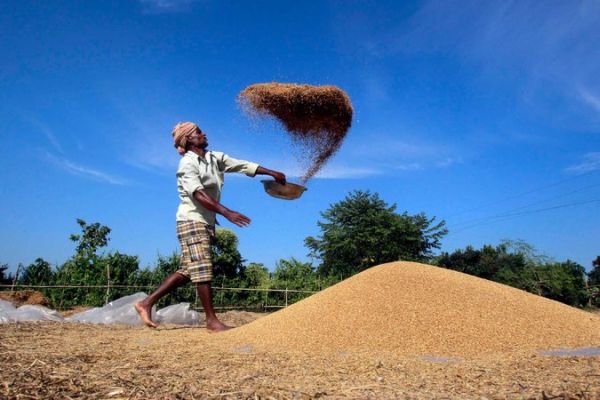India has experienced a turnabout of events over the last decade. From being hailed as one of the next expected leaders of global growth, it has transgressed down to now being called, one of the Fragile Five nations.

This situation can be attributed to the troublesome summer last year, which affected the Indian rupee to a great extent. Countries like Brazil, South Africa, Turkey and Indonesia which suffered similar declines, were joined together to form the Fragile Five.
It’s been over a year since the situation arose. Has India moved on from this lowdown or would it still be one of the worst performers in lieu of the recent global developments? A few key metrics would help us find out.

Current Accounts Deficit
Like the other countries in the Fragile Five, India has current account deficits (CADs). The nation’s CAD crossed $31.9 billion in 2012 owing to high imports and declining export growth. Although measures like curbing gold imports and improving exports helped reduce this deficit to $1.2 billion by 2014, the recent measure to ease gold import restrictions could cause the CAD to rise again. Export growth is also currently experiencing a stationary phase as the economic growth is slated to be lower in 2014.

Forex Reserves
Along with the other Fragile Five countries, India also experienced a drop in its Forex Reserves from $320 billion in 2011 to $247 billion in 2013. The lowest point of the reserves helped them to support imports for only six months. RBI’s attempt to introduce the FCNR (B)- cum swap scheme in September 2013 has managed to bring in about $34 billion. RBI’s attempt at purchasing dollars has also helped the reserves jump back up to $320 billion.

Policy Response
India’s external flows and rupee rate were stabilized to a great extent by move on interest rates initiated by the RBI. Its rate hike spree helped raise repo rate to 8% between September 2013 and January 2014. The nation’s 10-year G-Sec’s yield of 1.2% after CPI adjustments is also a good reason for investors to remain safe. RBI’s move to stop investments in Government bonds and treasury bills with maturity periods of less than a year would make sure foreign investors stay in the country for longer periods.

FPI Flows
When compared to the other countries in the Fragile Five group, India enjoyed equity flows three times higher than inflows into debt. Higher equity flows would mean better economic prospects for the country in the long run.
India may be considered as one of the Fragile Five nations. However, it has been making steady improvements to come out of the group. Its current state of CAD and Forex Reserves are positive indicators of a brighter future. However, the key factor here is the quick policy response that would increase the nation’s favorable options and pull it out of the Fragile Five.




